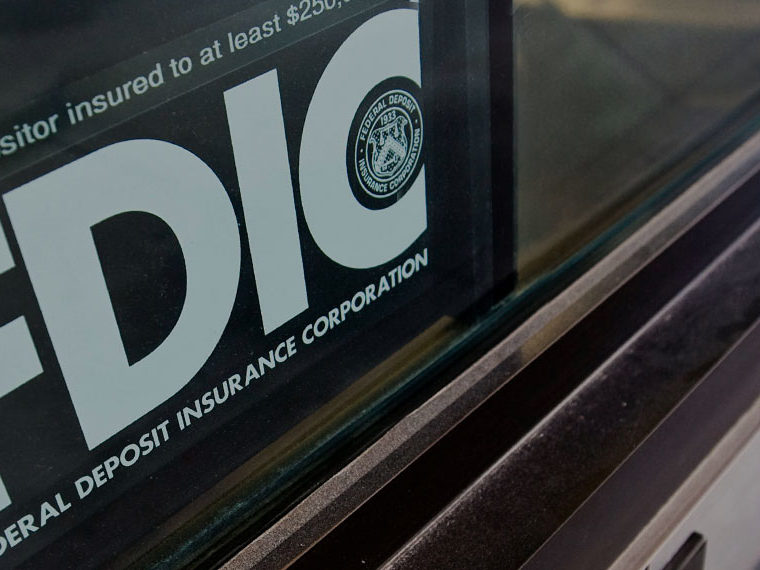Loans that include a sweetener or penalty tied to ESG performance seem to induce more honest reporting
Even with an estimated $40 trillion globally riding on investments that adhere to environmental, social or governance practices, firms are not held to uniform ESG reporting standards. That has given rise to the greenwashing phenomenon whereby companies have wide latitude to say what they want to varnish their ESG image.
The overseers are rushing to catch up to the marketplace. In late 2021, global stakeholders agreed to create a single international entity tasked with setting ESG reporting standards. Its first pass at reporting recommendations is expected to come online in 2023. But even so, it will be voluntary. Meanwhile, regulatory rules on ESG reporting are a work in progress in the United States. The Securities and Exchange Commission is sorting through comments to its 2022 proposal for enhanced ESG reporting among public firms whose disclosures it polices.
Opt In to the Review Monthly Email Update.
While expanded regulatory oversight should increase the quality of ESG reporting, a working paper finds that capitalism is already indirectly imposing a bit of reporting rigor in a slice of the U.S. debt market that has hopped on the ESG train.
It’s Not Just Green Bonds
Firms that want to finance projects that explicitly have an environmental bent are increasingly issuing so-called green bonds. According to BloombergNET, more than $1.8 trillion in green bonds were outstanding at the end of 2021.
A lesser-known ESG debt angle occurs when firms that are borrowing for any reason negotiate a standard loan that then has some ESG kickers added in. For instance, if the borrower meets certain agreed-upon ESG benchmarks, the loan’s interest rate might be eligible for a reduction. Or if the borrower fails to hit an ESG target, a penalty may be applied. (Bloomberg reports there was around $750 billion in these sustainability linked loans, or SLLs, in 2021.) Moreover, the ESG loan terms often rely on the borrowers’ public sustainability reports. This means that misleading claims in the public reports can constitute violations of lending agreements that lead to adverse outcomes ranging from additional fees to a default that requires immediate repayment of the loan.
UCLA Anderson’s Judson Caskey and Wen-Hsin (Molly) Chang, a Ph.D. student, studied the public reporting of firms with SLLs and found the potential liability for not being forthright in public pronouncements about ESG performance seems to work as a bit of a truth serum. The SLL borrowers in their study tended to be more forthcoming about bad news — and to qualify good news, relative to a control group of similar firms that did not have SLLs.
A Cost to Overplaying One’s ESG Hand
Caskey and Chang created a database of U.S. firms that took out SLLs between 2018 and 2021 and committed to issuing standalone ESG reports. The researchers consider the stand-alone ESG report as evidence that a firm was well aware of what it was saying and the import of its disclosures. The paper ended up with a relatively small universe of 190 firms, including 95 SLL borrowers and 95 comparable firms without SLLs.
The pandemic gave Caskey and Chang an interesting mechanism for studying whether SLL borrowers were more cautious with their pronouncements.
They sorted through issuers’ ESG disclosures looking for the inclusion of specific words that signaled the firm was qualifying any good ESG news as potentially transitory. They looked for wording in the sustainability reports that specifically telegraphed good ESG news was attributable to COVID-19 and not to management strategy. For instance, the carbon footprint of a firm reliant on manufacturing and transport was likely lower during the heart of the shutdown, but that good ESG news might not persist once the economy opened up. The researchers also looked for verbiage that showed a firm was being upfront about disclosing bad ESG news.
The researchers found that nearly 39% of the sample qualified good COVID-19-related ESG performance and 21% reported bad ESG news. In particular, SLL borrowers are more forthcoming than the “control” firm each SLL borrower was matched against. Caskey and Chang found that SLL borrowers were 22.7% more likely to attribute good ESG performance to the pandemic, and 21.5% more likely to report bad news.
The findings are consistent with the notion that by linking lending agreements to sustainability reports, SLLs increase the costs of misleading ESG statements. Furthermore, the researchers note that more than 45% of the SLLs they studied included third-party verification of ESG claims, which further reduces borrowers’ ability to greenwash or obfuscate.
Caskey and Chang stress that their finding does not prove a causal relationship between ESG sweeteners in SLLs and the veracity of disclosures. But as we wait for more robust mandatory reporting to come online to address greenwashing, it’s an interesting insight on how the SLL slice of the capital market may be serving as a modest sheriff of sorts.
Featured Faculty
-
Judson Caskey
Professor of Accounting
About the Research
Caskey, J., Chang, W-H. (2022). Do ESG-linked loans enhance the credibility of ESG disclosures?






